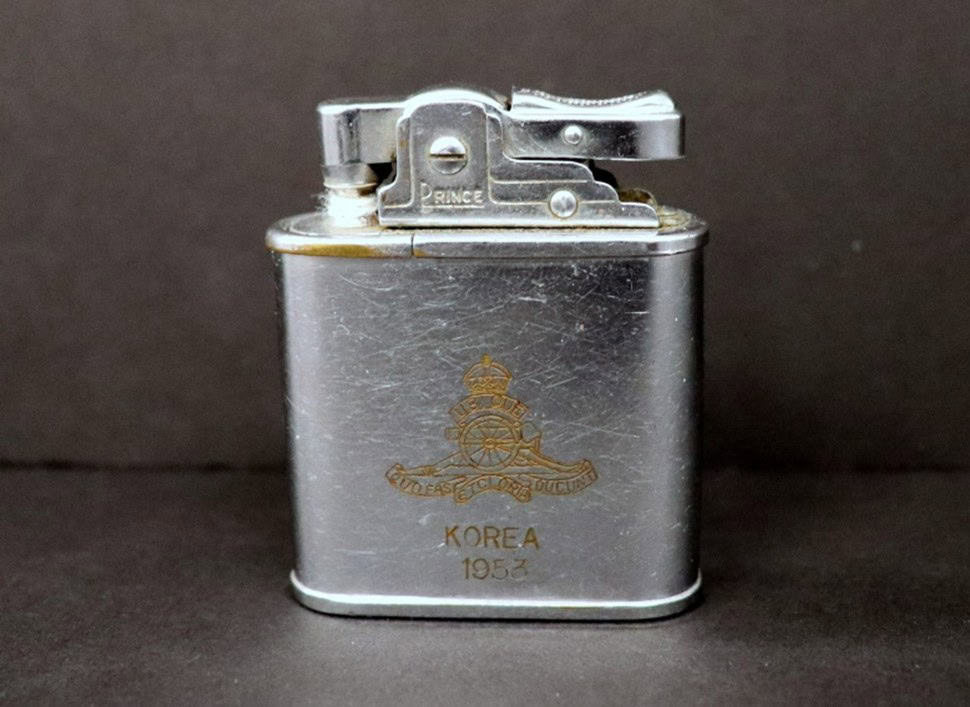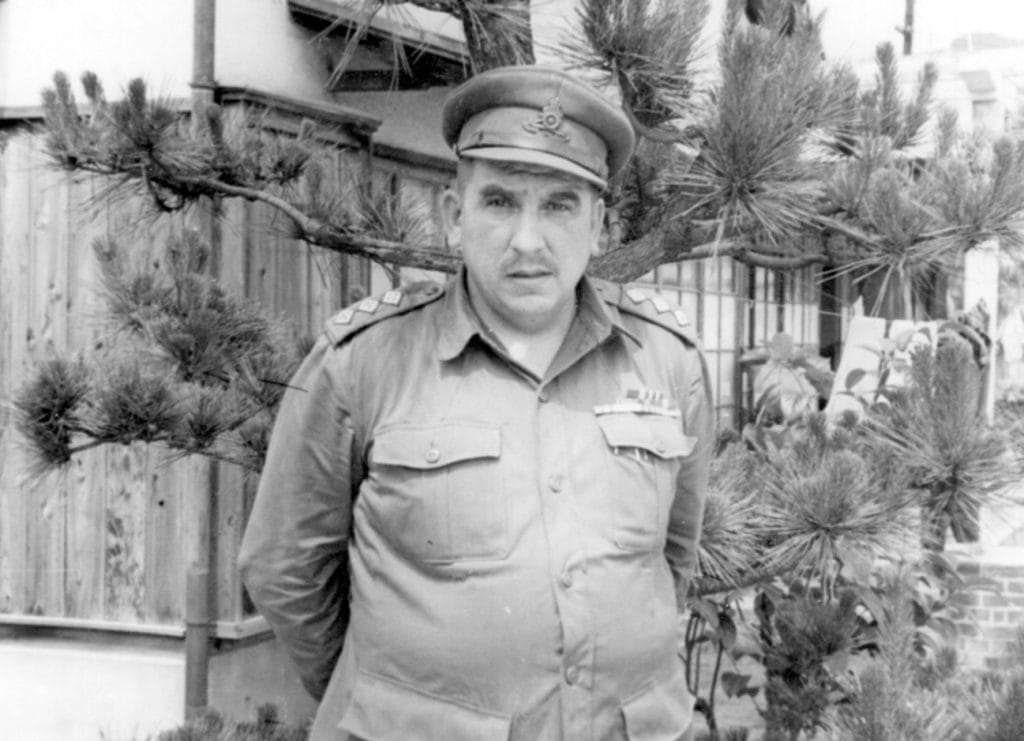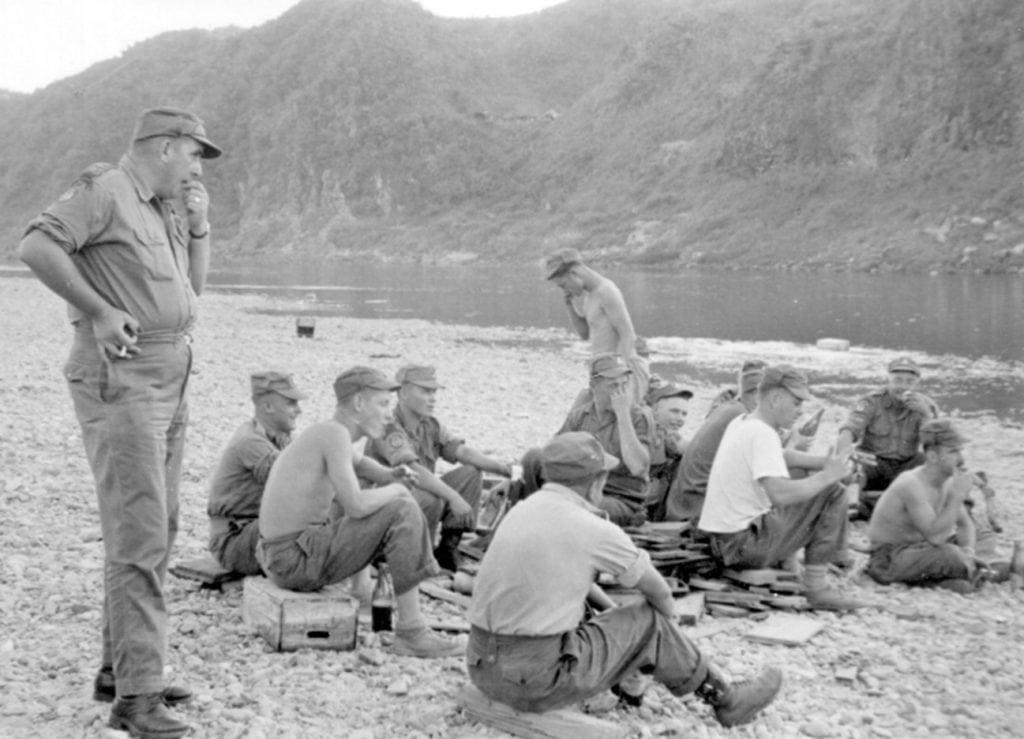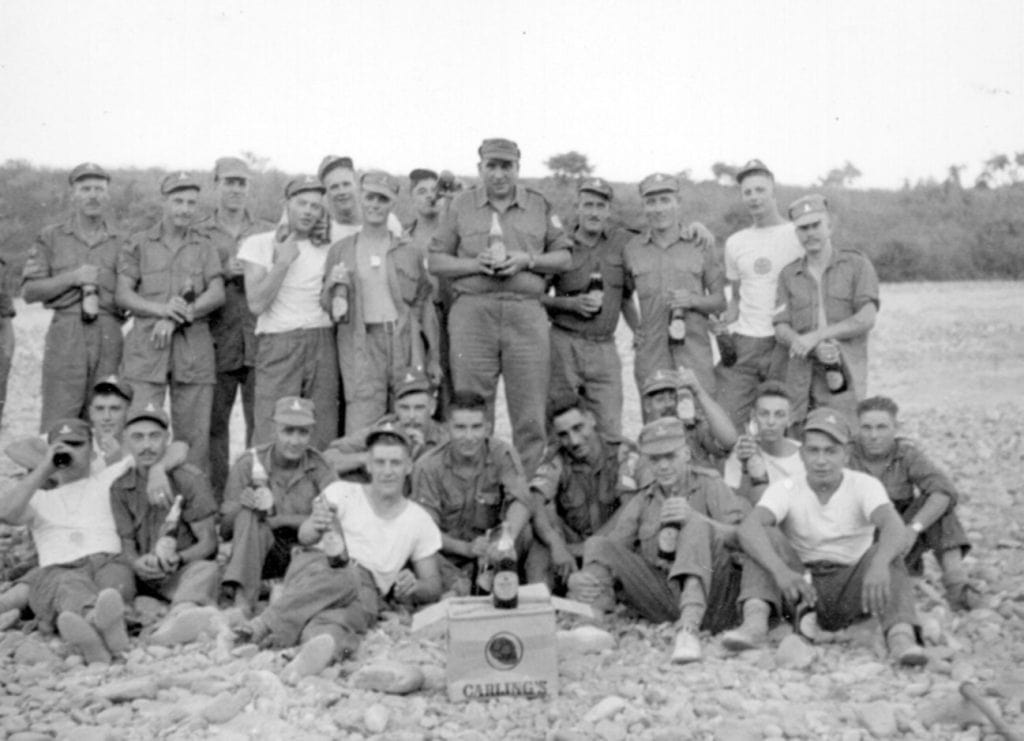Captain William F. Slipetz’s Prince Automatic Super Lighter from the Korean War
During the Korean War (1950–1953), the Prince Automatic Super Lighter became a popular tool for soldiers on the battlefield, renowned for its durability. Its compact size, approximately 2″ x 1 3/4″ x 1/2″, made it a convenient accessory for soldiers, easily fitting into pockets or pouches, ensuring it was always within reach when needed. The stainless-steel lighter offered an efficient and reliable means to light cigarettes, cigars, and even heat rations. Merchants in South Korea would commonly sell the lighters to visiting soldiers. Prince Lighter Manufacturing Co., in Japan, produced the lighter and offered a two-year conditional warranty covering regular use but not battlefront damage.
Soldiers often faced extreme weather conditions, from cold winters to sweltering hot summers. Despite these challenges, designers engineered the lighter to function efficiently in adverse conditions. The lighter’s mechanism was simple yet effective. Its automatic ignition system allowed for quick and effortless lighting with the push of a button, eliminating the need for matches or cumbersome manual lighters. It was a torch (Zippo) style lighter using lighter fuel (Naphtha) first patented in 1936. The torch lighter gained popularity among soldiers for its refillable nature. In an era where resources were scarce, having the ability to replenish the lighter’s fuel was a significant advantage.

Captain Slipetz’s Prince Automatic Super Lighter, 1953.
The RCA Museum has one excellent example of a Prince Automatic Super Lighter that belonged to Canadian Captain William F. Slipetz, who served in the Korean War with the 81st Field Battery. On the front of the lighter is a small engraving of the RCA Crest and “Korea 1953.” On the reverse, it says “WF. Slipetz.” The lighter is in very good condition, requiring only lighter fuel to operate. This example doesn’t include the optional engraved copper cover.
William “Bill” F. Slipetz was born in Ethelbert, Manitoba, on April 9, 1914. In 1929, as a teenager, Slipetz joined the Non-Permanent Active Militia, the 19th Battery. In 1935, he joined the Permanent Active Militia, C Battery, RCHA, in Winnipeg. When WW2 started, WO2 Slipetz left Canada with the RCA Brigade in early December 1939. In 1942, he received his Commission and served in England, France, and Holland. After World War II, Captain Slipetz continued his service during the Korean War.
Canada joined the Korean War effort in August 1950, just two months after the North Korean Army invaded South Korea. The United Nations called for an immediate end to hostilities. In response, the UN organized a multinational police force to defend South Korea. The United States led the action, and Canada supported it. The 25th Infantry Brigade Group went to Korea. 2 RCHA, raised in Shilo, provided the initial artillery component. In May 1951, 2 RCHA arrived in South Korea with the 25-pounder gun and saw action only weeks later, and by May 1952, 2 RCHA had expended over 300,000 rounds. That month, 1 RCHA replaced 2 RCHA in South Korea.

Captain William Slipetz in Korea, 1953.
Captain Slipetz arrived in Korea in April 1953 with the 81st Field Regiment, part of the 25th Infantry Brigade Group, stationed along the 38th parallel that separated North Korea from South Korea. On April 18, 1953, the 81st Field Regiment completed their transfer with the 1 RCHA, and two weeks later, the 81st participated in their first battle with 25-pounders.
Captain William Slipetz was the welfare officer for the 81st Field Regiment. The duty included going to Seoul to purchase supplies to sell to all ranks in the unit’s canteen, the Canadian Army Canteen Service (CACS). The CACS operated stores that provided soldiers with goods, such as clothing, snacks, cigarettes, and other popular items. Captain Slipetz likely stocked and sold the practical Prince Automatic Super Lighter. He was known for being well organized and having excellent prices on the local goods.
The month of April 1953 was relatively quiet for the 81st Field Regiment. The quiet period ended, and on the Second of May, the 81st Field Regiment fired 4,300 rounds at advancing enemy Chinese soldiers. Both sides suffered dozens of casualties. On May 28th, with the heaviest firing to date, the Chinese launched a significant attack on the “hook,” an area held by the 29th Brigade next to the 25th Brigade. The 81st fired 5,800 rounds that night, a heavy expenditure of ammunition. The 25th Brigade attempted to stop the enemy advance with heavy artillery fire, and the 81st Field Regiment performed admirably.

Captain Slipetz (left) with Gunners, Korea, 1954.
While peace talks were moving forward, the Gunners kept up a relentless bombardment of enemy positions, including Hill 355, over June and July 1953. On July 13th, the 81st fired its 100,000th round. During this period, the Chinese continued to launch attacks. On 27 July 1953, the war effectively stopped with the signing of the Korean Armistice Agreement. Over 25,500 Canadians had served in the Korean theatre of operations by the time of the armistice. The 81st Field Regiment received the armistice with satisfaction, and Canadian and UN troops retreated from the demilitarized zone (DMZ), creating a two-kilometre buffer zone. For the next nine months, the 81st shared the same activities as the rest of the 25th Brigade Group. The 81st continued to keep their guns staffed with Gunners in case the ceasefire ended. The 81st participated in parades and organized sporting events to maintain morale. Captain Slipetz assisted with sports events such as volleyball, softball, and soccer.
In November 1953, the 81st Field Regiment had its last regimental parade before being renamed 4 RCHA on November 30, 1953, as part of the reorganization of the Canadian Army. The 79th Field Regiment, renamed 3 RCHA, took over for the 81st Field Regiment in April 1954. UN soldiers, including Canadians, stayed in South Korea to maintain the peace. 3 RCHA served in South Korea until November 1954. The former 81st, 4 RCHA, headed to Camp Utopia in New Brunswick.

Captain Slipetz (center) with Gunners, Korea, 1954.
After his Korean War service, the military promoted Slipetz to Major. He retired in 1963 after 28 years of service. After retiring from the army, he worked as an educational coordinator at Red River Community College in Winnipeg, retiring in 1979. He was a member of the 1st Canadian Legion, the RCHA Association, and the St. Paul the Apostle Roman Catholic Church. He married Josephine and had three daughters. Likewise, he enjoyed photography, golfing, and bowling. William Slipetz died in Winnipeg on October 20, 1983.
At the RCA Museum, we respect and honour the service of William Slipetz. With the 81st Field Regiment in Korea, Slipetz likely had this lighter in his pocket and sold the same model in the unit’s canteen service he managed. The Prince Automatic Super Lighters were popular with UN forces and proved valuable in combat zones. They were a practical keepsake for soldiers to remember their time in Korea. Soldiers, including Slipetz, had their unit, name, and location of service engraved on the lighter for posterity. Amid the turmoil of war, the lighter offered a moment of respite, and its legacy extended well beyond its utility during the conflict.
By Andrew Oakden
